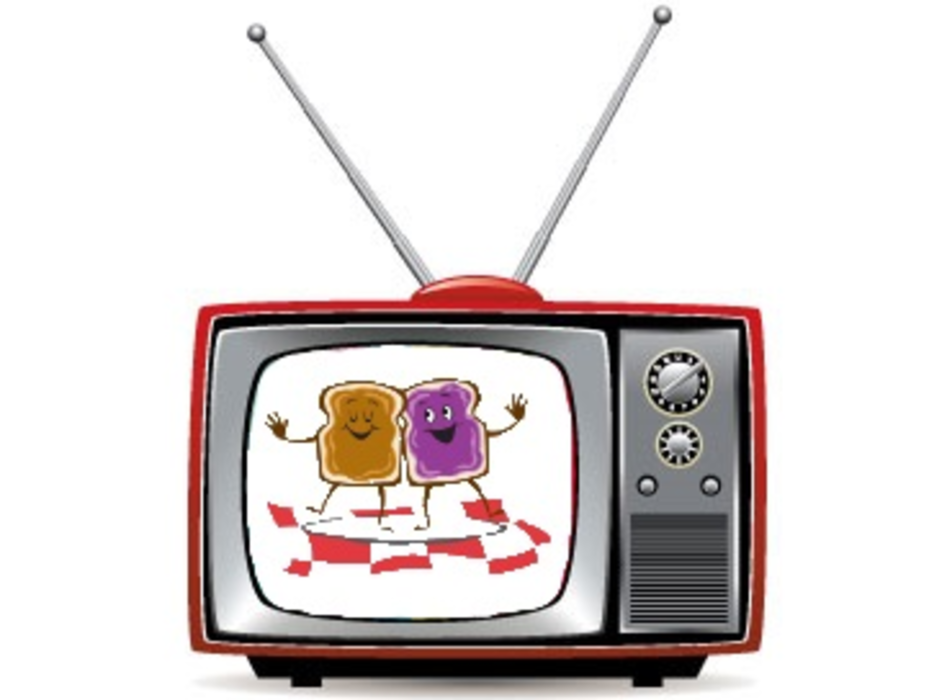According to a 2012 Time survey, 84% of people claim they wouldn’t know what to do with themselves if they had to go a single day without their phones. I’d wager that number’s probably gone up in the past year. I mean, 40% of people admit to checking their phones while they’re on the can.
“I’m one of those people who would almost rather lose their wallet than their cell phone,” said Darren Klein, director of strategic accounts at Shazam, speaking at a recent BBDO/Proximity Worldwide Digital Lab session in NYC. “Your phone is never more than three feet away from you—it’s on your nightstand the moment you wake up and you put it back there the moment before you fall asleep.”
That’s the mobile reality, and it’s also had a palpable impact on how most of us watch TV these days. Nearly 90% of mobile multi-taskers say they also use one or more one or more devices while sitting in front of the set.
Since consumers almost always have at least one eyeball glued to a second screen, it’s no surprise that brands want to capitalize on the co-viewing phenomenon—and Shazam is looking to position itself as the conduit for content.
Shazam started life as a music identification app to save you from the agony of not being quite able to place the name of a tune, but in recent years it’s been moving into television in a serious way. Now you can Shazam any TV show or national TV ad in the U.S. and the app will recognize it—which on the surface may just seem like a “nice to have,” but it’s a function that’s been parlayed into some interesting activations.
In the last several years, Shazam has done about 300 television campaigns. Take Jaguar, for example. The brand added a Shazam icon to the bottom of a recent TV spot for its new F-type in Australia with a call-to-action asking viewers to “Shazam to get inside the F-type.” When users Shazamed the spot, the app whisked them to additional content: a user-controlled “gyroscope panorama” that allowed them to get a 360-degree augmented reality view of the inside of the car, plus access to a mobile-optimized site. Users could even rev a virtual engine within the app experience. A second CTA (Shazam A/B tested two) asked viewers to “Shazam for a test drive.”
Music award shows and sporting events are particular sweet spots for Shazam, which has done work for the MTV Video Music Awards and Billboard. Shazam also powered more than one-third of the ads shown at last year’s Super Bowl. And during the 2012 Olympics, P&G Shazam-enabled a 30-second ad to drive people to a specially designed mobile hub where they could delve deeper into athletes’ stories.
“It essentially turned 30 seconds into an average of eight minutes of engagement,” said Klein. “There are just some stories you can’t tell in 30 seconds.”
According to Klein, Shazam can increase a brand’s campaign engagement by roughly 68%, a number that’ll probably go up when the company launches its first round of native advertising placements this week.
Though Shazam doesn’t have much in the way of demographic information about its users—people need to react quickly to Shazam something, which means most aren’t logged in when they use the app—Shazam can target users with precision once they’ve made the first move and actually Shazamed something.
“Anything in the Shazam experience can be measured, as in anything the consumer does,” said Rich Riley, Shazam’s newly minted CEO, who came on board in July. “The follow-on ad can be segmented because we know what was Shazamed and where they were, and we have their device ID, so we can send them messages after they’ve Shazamed—though we don’t have their age or income, etcetera.”
But Shazam is taking pains to make sure its metrics are up to snuff. For example, by combining its data with Nielsen data, Shazam can track how responsive consumers are to TV ads. Said Klein: “Nielsen can tell you how many people viewed something; Shazam can tell you how many people cared.”
And speaking of numbers, here are a few more: Shazam has 350 million users worldwide—100 million in the U.S. alone—who use the app more than 15 million times a day. And recently Shazam celebrated a kind of milestone: The number of Shazam tags hit 10 billion, which is three billion more than there are people in the world. I think we can all agree that’s a heck of a lot of Shazams.








